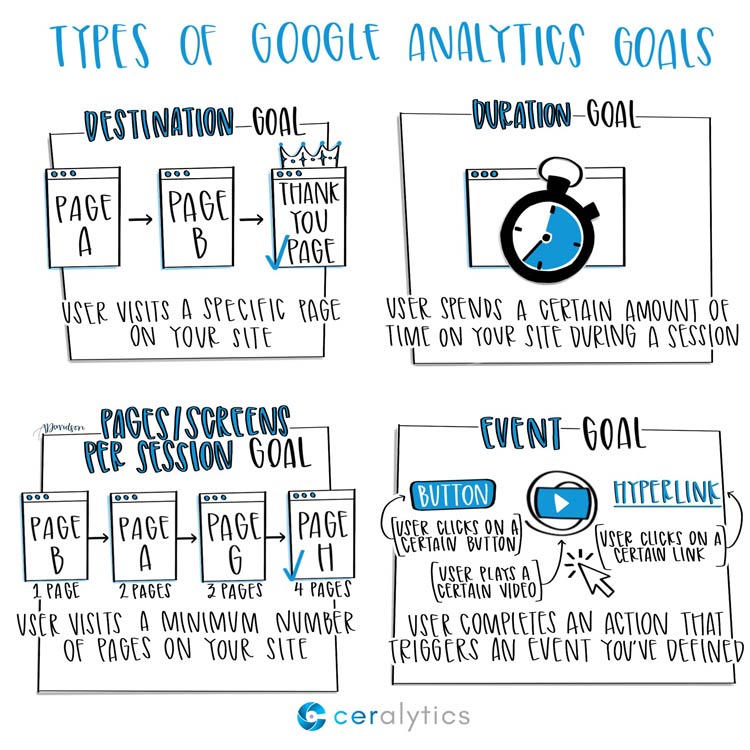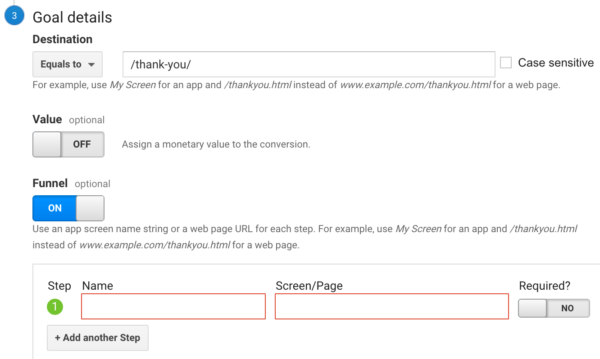Discover What Data Is Google Analytics Goals Unable to Track
Discover What Data Is Google Analytics Goals Unable to Track
Blog Article
Debunking Google Analytics Limitations: Discover What Data Goals Can not Track
In the world of digital analytics, Google Analytics stands as a powerful tool that offers beneficial insights into internet site efficiency and individual actions. From the ins and outs of customer interaction with vibrant web content to the complexities of cross-device individual journeys, these limitations lost light on areas that may stay covered from typical analytics point of views.

User Interaction With Dynamic Web Content
Customer interaction with dynamic material plays a critical duty in recognizing individual habits on websites and optimizing the general customer experience. Dynamic web content refers to aspects on a website that can transform without the demand for a complete web page reload. This consists of interactive elements such as pop-ups, sliders, kinds, and videos that reply to user activities in real-time. By tracking individual interactions with dynamic web content, internet site owners can acquire beneficial insights right into user interaction, preferences, and behaviors.
Google Analytics provides numerous tools to track customer communications with dynamic content, such as occasion tracking and virtual pageviews. Occasion monitoring allows you to monitor certain user actions, like clicking a button or viewing a video, providing information on how users connect with dynamic elements. Virtual pageviews can be utilized to track interactions that do not result in a new page load, supplying a comprehensive sight of user involvement with dynamic web content. By assessing this data, internet site owners can make educated decisions to improve individual experience and drive conversions.
Cross-Device User Journeys
Just how can modern analytics devices track the complicated paths customers take across numerous devices in their on-line trips? Cross-device individual trips offer a considerable difficulty for tracking and assessing user habits properly. As customers communicate with internet sites or apps utilizing various gadgets such as tablet computers, desktops, and mobile phones, it ends up being essential to recognize how they relocate between these platforms to maximize customer experience effectively.
Google Analytics deals with constraints in tracking cross-device user trips as a result of privacy issues and technological constraints - what data is google analytics goals unable to track. While it can give understandings right into private gadgets' interactions, tracking a seamless individual trip throughout several tools continues to be a challenge. This constraint can result in incomplete data and fragmented customer insights, making it challenging for services to create a unified sight of the client journey
To address this problem, companies can make use of advanced analytics tools that provide cross-device tracking abilities, enabling them to gain a more holistic understanding of customer behavior. By leveraging these devices, businesses can connect the space in tracking cross-device individual trips and maximize their electronic methods for a seamless individual experience.
Offline Conversions and Acknowledgment
As services navigate the difficulties of tracking cross-device user journeys, one more critical element to consider is the realm of offline conversions and attribution in the world of data analytics. While Google Analytics provides beneficial insights into online customer actions, it falls short when it concerns tracking conversions that take place offline. This limitation presents a considerable difficulty for businesses that have both online and offline sales networks.
Offline conversions, such as acquisitions made in physical stores or via call facilities, are crucial to understanding the complete consumer trip. Without the ability to connect these offline conversions to details on-line interactions, businesses may struggle to precisely measure the impact of their electronic advertising initiatives.
To resolve this void, services can explore alternative solutions such as incorporating CRM systems with on-line analytics devices or using special coupon codes that can be mapped back to on the internet projects. By connecting the space in between online and offline data, services can get a much more detailed understanding of their consumers' actions and improve their general advertising and marketing approaches.
Individual User Recognition
In the realm of data analytics, the capacity to properly determine specific users throughout numerous online touchpoints is an essential obstacle for services seeking to customize and maximize their marketing techniques. While Google Analytics supplies beneficial insights see this website right into customer behavior and interactions, it drops short in making it possible for the identification of details individuals because of personal privacy worries and technological restrictions. Google Analytics makes use of special identifiers such as cookies to track customer sessions and habits, yet these do not correspond to determining individual users in an individual sense.

Information From Secure Pages
Regardless of the enhancing frequency of protected web pages on web sites, obtaining data from these encrypted sources offers an one-of-a-kind difficulty for electronic analytics platforms like Google Analytics. Protect web pages, indicated by HTTPS in the URL, encrypt data exchanged in between the individual's web browser and the internet site's server to make sure privacy and safety. While this file encryption is important for safeguarding delicate info, it additionally positions constraints for tracking individual behavior and gathering analytics data.
Google Analytics faces challenges in collecting in-depth info from safe and secure pages due to the file encryption methods in position. As a result, specific information factors such as recommendation resources, keyword searches, and also some user interactions might not be completely recorded when customers access a site via a secure connection. This constraint can influence the precision and check it out efficiency of the information analysis, resulting in voids in understanding user actions and choices on secure web pages.
To navigate this challenge, electronic experts may require to explore alternate tracking methods or take advantage of other tools especially developed to collect insights from safe pages. By adjusting approaches to fit these limitations, services can still acquire useful analytics in spite of the restrictions offered by encrypted links.
Conclusion
In final thought, Google Analytics has restrictions in tracking user interaction with dynamic material, cross-device individual journeys, offline conversions, specific customer recognition, and data from protected pages. Despite its important understandings, Google Analytics may not offer a full photo of individual interaction across different touchpoints.
User communication with dynamic content plays an important function in recognizing customer habits on websites and maximizing the general user experience. By tracking user communications with vibrant content, website proprietors can acquire important understandings into user involvement, preferences, and actions.
Google Analytics uses one-of-a-kind identifiers such as cookies to track customer sessions and behavior, but these do not relate to determining individual customers in an individual sense.
As a result, specific data factors such as reference sources, keyword searches, and even some customer interactions may not be fully recorded when users access a web site via a safe link.In verdict, Google Analytics has constraints in tracking individual interaction with dynamic material, cross-device individual journeys, offline conversions, private customer identification, and information from safe web pages.
Report this page